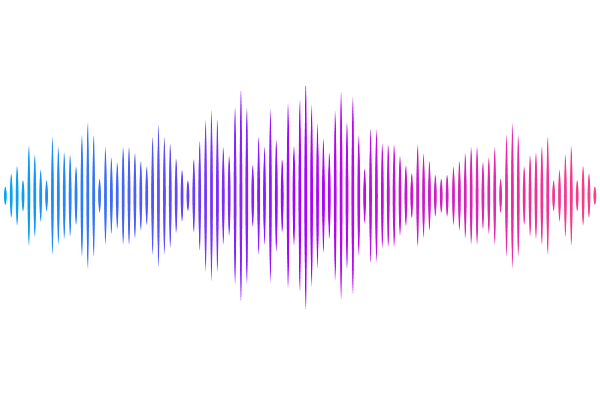Extracellular RNA drives Electromethanogenesis in a Methanogenic Archaeon

Extracellular RNA drives Electromethanogenesis in a Methanogenic Archaeon
Kotoky, R.; Ajunwa, O. M.; Kawaichi, S.; Meyer, R. L.; Rotaru, A.-E.
AbstractMethanogenic archaea generate two-thirds of Earths methane. Some reduce CO2 by drawing electrons directly from solid substrates. Yet many, including Methanosarcina barkeri, lack the multiheme cytochromes (MHCs), that drive extracellular electron transfer (EET) in other microbes. Here we show that at growth onset, M. barkeri releases an extracellular nucleic-acid pool dominated by short RNAs (~80%) that self-assemble into G-quadruplexes (G4) on the cell surface. Addition of synthetic G4-RNA doubles cathodic methane production, whereas nuclease digestion abolishes EET. Neither treatment affected growth on soluble substrates. Thus, G4-RNA forms an electron conduit enabling cathodic EET in this MHC-deficient archaeon. The discovery broadens the inventory of biological wiring and hints that nucleic-acid electronics pre-date protein redox systems, with ramifications for early-Earth metabolism, bioenergy and living electronics.